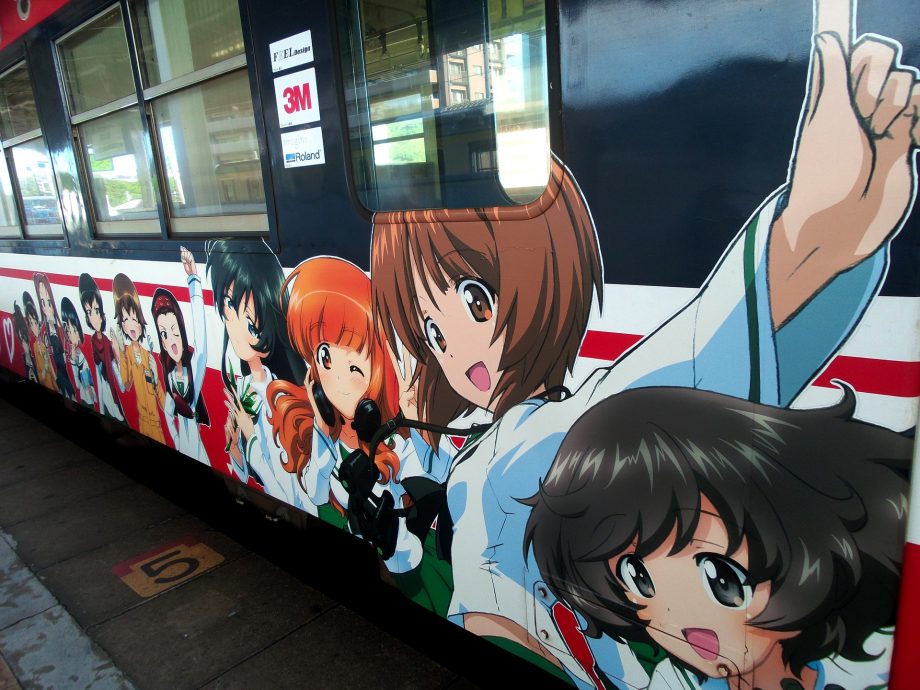Few cities conjure quite such a powerful mental image as Tokyo. The sprawling metropolis of tomorrow, home to technological advances that mere mortals in the west could only dream of, it’s a distant land of curious culture and has been described as the world’s most livable city. Not bad going, considering it’s technically not even a city at all – officially named Tokyo Metropolis, it’s actually the world’s only metropolitan prefecture.
OK, that’s enough technicalities. There’s a lot to get through when it comes to talking Tokyo, so let’s get started.
History of Tokyo
History? Who cares about history in a city with both feet so firmly planted in the future? Hopefully everybody, as Tokyo has a long and varied past that it continues pays to tribute to now. Indeed, many suburbs retain the same names of villages from the BC millennias, although the city itself was named Edo until the 19th Century. The name Tokyo translates as ‘The Eastern Capital’.
The samurai were obviously a prominent part of feudal Japan, but as Bushido declined, more western influences and expertise were introduced to the nation. Education took on a greater prominence, tying closer into government business, and the population began to grow.
The Kantö Earthquake of 1923 caused levels of destruction that would make Godzilla blush, leading to a rebuilding program that put Tokyo onto the path of modernisation. Further damage was caused during WWII, as Tokyo was the first Japanese city to be bombed in 1942, with several more attacks from above following throughout the remainder of the conflict.
Major post-war rebuilding was required, and this new, improved Tokyo was announced to the world in 1964 when hosting the Olympic games (an event scheduled to return to the city in 2020). This went a long way to healing the damage to Tokyo’s worldwide reputation, and the 1970s and 80s saw a huge boom period in terms of economy and construction as companies flocked to the city. The 1990s were a dip, often referred to as ‘The Lost Decade’, but the recovery continues to make Tokyo the vibrant city that it is today.
Language and Climate in Tokyo
Konnichiwa! English is taught in Tokyo’s schools and many of the residents will have at least a conversational grasp, but it would be useful to at least learn a handful of key Japanese phrases, particularly in learning how to address others respectfully; simply adding –san to the end of every name doesn’t always cut it.
Tokyo enjoys a sub-tropical climate, so summers tend to be humid and sticky (avoid visiting in July if you have a low tolerance for such conditions), and winters are comparatively mild. Snowfall is to be expected every winter and October in particular will be more than likely see some heavy rainfall.
Where to Stay in Tokyo
Tokyo is divided into over 20 districts and taxi journeys don’t come cheap, so it’s probably advisable to base yourself close to the excellent transport links, preferably the Yamanote train line. This means that Marunouchi, Ginza, Shinjuku or Shibuya are your safest options – the latter two in particular if you are looking for nightlife, as some districts of Tokyo get sleepier than others after dark. Of course we’re talking Tokyo here, so that quietness is all relative.
All of the above locations are quite costly (Tokyo is one of the most expensive cities in the world, alas), so if you’re looking for a less budget busting option you could look into regions such as Asakusa, Kinsicho or Ochanomizu. These suburbs are a little less glamorous and further from the action, but with so much to see and do in central Tokyo the chances are you’ll only be using your hotel room for the bed and shower facilities anyway.
Getting Around Tokyo
Tokyo has fantastic public transport, so it’s by far the fastest way of getting around. The first thing you should look into upon arrival is picking up a pre-paid travel card, either a Pasmo or Suica. These work in a similar way to contactless credit cards – simply swipe to gain access to buses or trains (and they even work in grocery stores).
Buses are plentiful and regular, as are taxis (though they are somewhat expensive). The easiest and most efficient way of travelling in Tokyo is the dual subway systems.
The Yamanote Line that we mentioned in Where to Stay is also known as The Loop Line, and as the name suggests, loops around the entirety of Tokyo, meaning that you’ll always be able to get where you need to be eventually. Alternatively, just hop on the Tokyo Metro or Toei subway lines. These two services interconnect regularly, run regularly and punctually, are clean and safe, and will get you wherever you need to be with a minimum of fuss. Mastering the subway system of Tokyo ensures that you won’t waste time trying to find your destinations, and will help you enjoy the multitude of experiences this amazing city has to offer.
Culture and Attractions in Tokyo
Oh, where to start? Tokyo is huge, and has more activities and entertainments than most people would manage to squeeze into several lifetimes.
If you’re looking for museums, head to Ueno Park. This giant public park hosts a number of such institutions, including the Metropolitan Art Museum, the Western Art Museum, the National Science Museum and the Shitamachi Museum (as well as Japan’s oldest zoo and four separate temples and shrines). Elsewhere, points of interest include the Ghibli museum (dedicated to the works of feted animation house Studio Ghibli), the National Museum of Emerging Science and the Railway Museum. This merely scratching the surface – the number of museums in Tokyo may well reach triple figures; nobody has enough fingers to count them all.
Being an island, Japan has three aquariums – Epson Aqua Stadium, which also doubles as a theme park, Sunshine International Aquarium, and the Tokyo Sea Life Park. Japanese theatre is a unique experience. Noh performances may be for Japanese culture buffs only due to their minimalistic nature, but Kabuki is all about the primary colours and extravagant gestures. Check out the Kabuki-Za theatre for a live show that you’ll never forget, or the Noh theatre if you think you’re up to the challenge.
Tokyo also has over ten different full orchestras, with the NHK Symphony arguably the most esteemed. Video gamers and other pop culture junkies will be in heaven as arcades stretch as far as the eye can see in every direction, as do Manga sellers and cosplay capers. The dark side of this is that rock band Kiss remains inexplicably popular, and you will likely be faced with Gene Simmons’ painted face on branded merchandise everywhere you look. Don’t say we didn’t warn you.
Of course, you may also want to take in some traditional Japanese sports while you’re in Tokyo. The Tokyo Dome is a 55,000-seater arena that hosts soccer, baseball and professional wrestling (in addition to major rock and pop concerts), the largest arena in the city while the Olympic Stadium continues to be rebuilt ahead of the 2020 games. If you want to catch some sumo wrestling head to Ryōgoku Kokugikan, aka the HQ of the Japanese Sumo Association, during the annual tournaments in January, May or September. Basketball, volleyball and rugby are also popular in Tokyo.
Eating out in Tokyo
Fun fact – Tokyo has more Michelin-starred restaurants than any other city in the world, and twice as many stars overall as Paris. Of course, you’ll find no shortage of traditional Japanese dishes such as sushi, ramen, tempura and sashimi, but every possible combination of taste buds will be tantalised. Lunch tends to be a more casual meal in Tokyo than dinner, and don’t be surprised if hugely reputable eateries are hard to find – more often than not, Japanese restaurants are not located at street level, but higher in a tall building. If you’re looking for something fast and easy, most department stores will have a takeaway facility on their lower levels.


